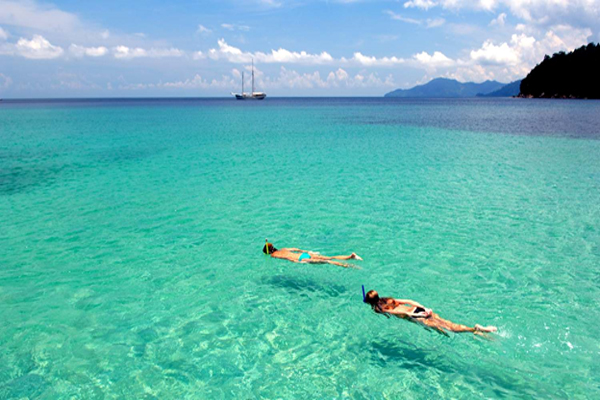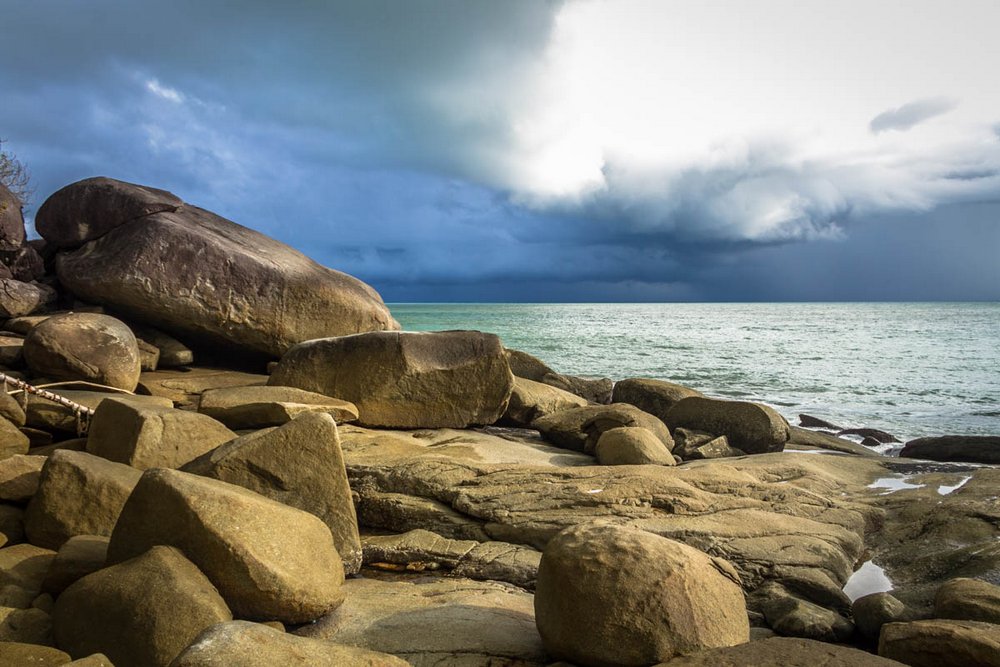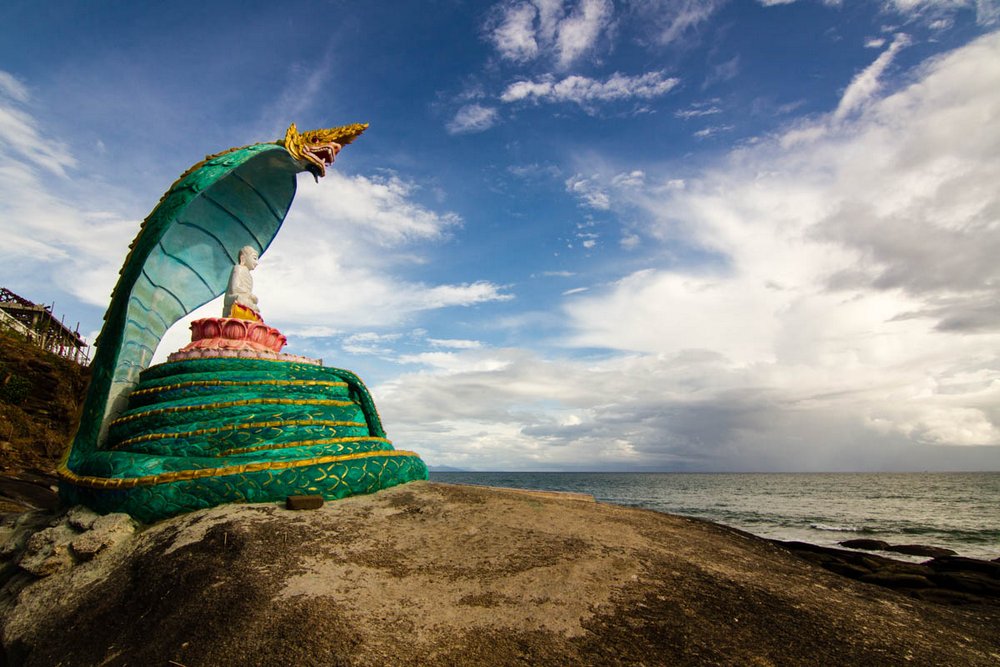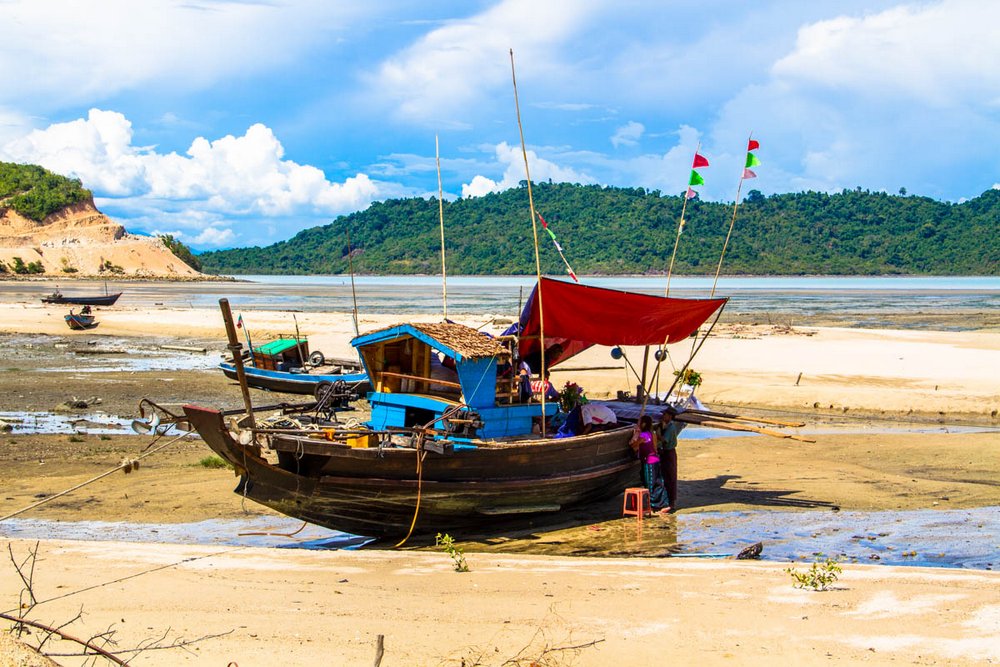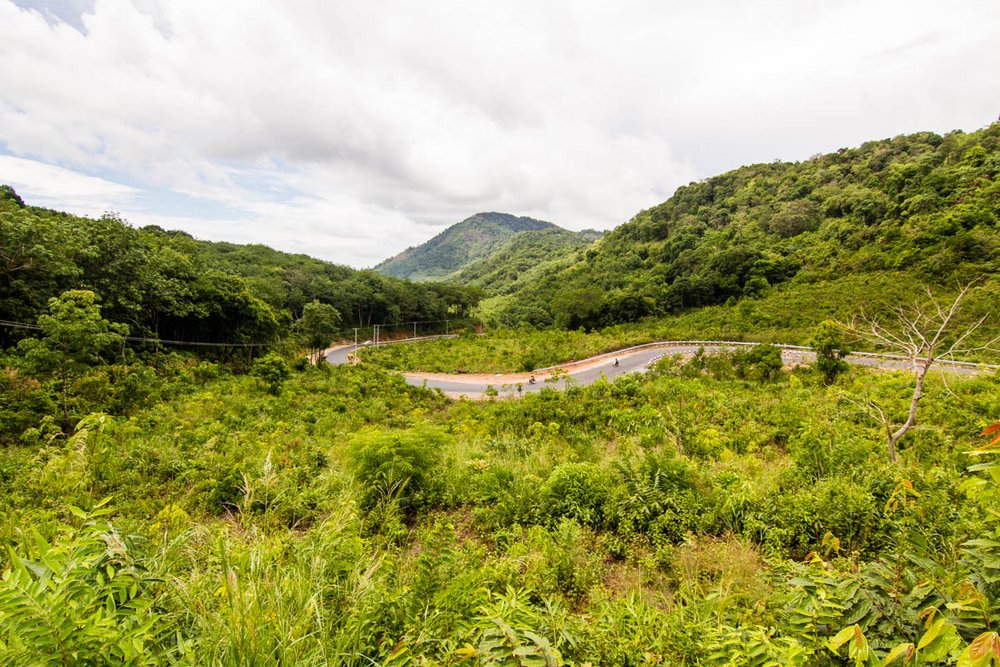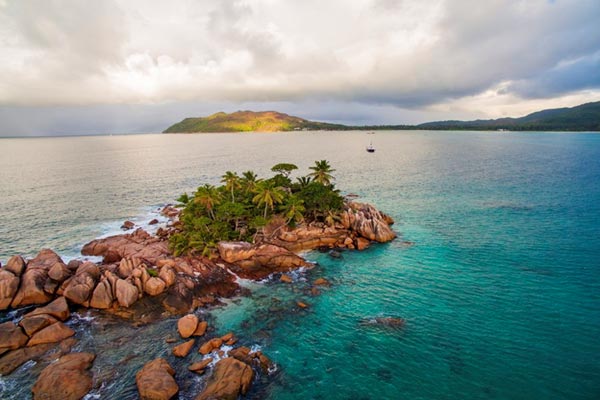Dawei, formerly known as Tavoy, is the capital of the Tanintharyi Region. Originally named Thargaya in the mid-13th century, Dawei was a major tin supplier for India later in the 16th century. Even though it’s the region’s capital, Dawei has the feeling of a sleepy tropical town and its main attractions are the many nearby white sand beaches around Dawei and the Dawei Peninsula. A gateway to the picturesque Mergui Archipelago, Dawei’s beaches are about 15 to 45 kilometers from the city center, some yet to be discovered by foreign tourists. Some of these beaches are only frequented by the daily fishermen, allowing those lucky enough to find these secluded beaches the entire area to themselves. After decades of alternating Thai and Burmese conquerors laying claim, eventually it would be one of the first towns to be colonized by the British in 1826. Because of its trading history, the city is home to a mixture of Buddhists, Christians, Muslims, and Hindus. The Myanmar government has announced plans to make Dawei even more important in the region by making it a special economic zone and one of the biggest deep-sea ports in Southeast Asia. To get to these magnificent beaches, visitors can hire a taxi or tuk-tuk from Dawei, but we highly recommend that you rent your own motorbike for the purest sense of adventure and discovery. The most popular beach is the undeveloped Maungmagan Beach, about 25 minutes west of Dawei. Other notable beaches, from north to south, are: Nabule Beach, San Maria Beach, San Lan Beach, Tizit Beach, Grandfather’s Beach, and Myin Kwa Aw Beach. Most of these beaches are also perfect for a day trip and have at least one local restaurant nearby. However, many of the beaches and accommodations close for the rainy season, so check ahead of time before making the trip. Because Dawei is a major trading hub of Southern Myanmar and because of its important location in the region, the city is quickly developing. Among the historical colonial architecture and traditional wooden buildings is a growing amount of hotels that still offer reasonable rates of 10 USD to 60 USD. It’s also become a great starting point for travelers who want to explore the nearby beaches and further out into the region. Beyond the beaches, there is also the Paya Ge Museum, located on the ground of the Shwe Taung Zar Pagoda, the largest temple of Dawei. The museum presents the beautiful history of the region. There is also the opportunity to watch craftsmen carve wood using traditional methods, visit the early morning fish market, taste the messy Upha Moe, a Dawei dessert, and go on a traditional riverboat tour on the Dawei River. With the government lifting restriction for foreign tourists to Dawei, there are a few ways adventurous travelers can visit the capital city. A bus ride to Dawei is one of the longer methods but is usually one of the cheapest options. From Yangon, it takes about 18 hours and is about 15,000 kyats. From Mawlamyine, it’s about 10 hours and from Ye only 5 hours. Dawei is the southernmost railway hub and from Yangon, the journey will take about 24 hours. Other stations that connect to Dawei are Kyaiktyo, a 19-hour ride, Mawlamyine, 17 hours, and Ye, 8 hours. The condition of the railway itself, especially after Ye, is extremely terrible. The ride will be one of the slowest and bumpiest train rides anyone may have experienced. As of December 2015, foreigners were not allowed on trains that go further south than Mawlamyine.DAWEI TRAVEL GUIDE
OTHER REGIONS
THANK YOU!
Your email is successfully submitted.
Check your inbox for future updates.

